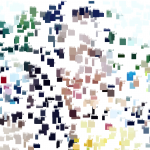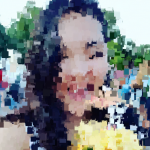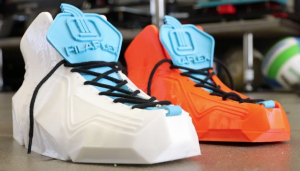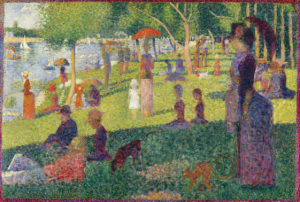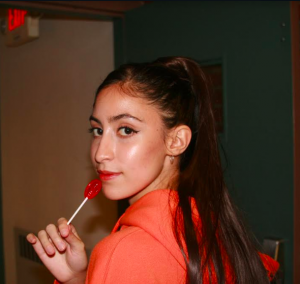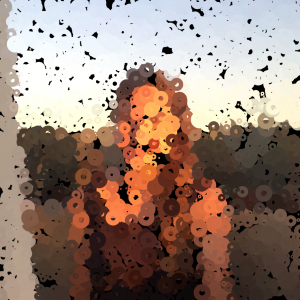This week, I reviewed Rachel Lee’s Week 3 Assignment, Mushtari. A collaborative work by MIT Media Labs and Stratasys, Mushtari is a wearable that mimics biological growth patterns. I thought the project was both insightful and intriguing. I agree with much of Rachel’s commentary. I think she hit the nail on the head when she said that living Mushtari allows for “existing biological structures to take place naturally and respects its processes. Adding to that thought, I think the piece brings much attention to not only the natural elements that permeate our daily lives, but the elements that are unseen. In taking such a unique approach, I think the piece really distinguishes itself from similar projects at a micro scale. The one part of Rachel’s commentary that I took issue with is when she discusses how the project harnesses biological processes and adapts them for greater human use in a non destructive way. While the same thoughts are reiterated in the official MIT posting, I do not see eye to eye on the non destructive aspect of the project.
Video of the project by MIT Media Labs
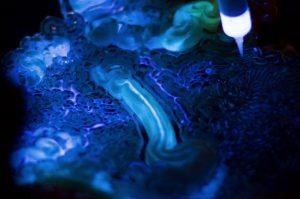
Closeup of some of the elements in the wearable from Living Mushtari
![[OLD FALL 2018] 15-104 • Introduction to Computing for Creative Practice](../../../../wp-content/uploads/2020/08/stop-banner.png)

